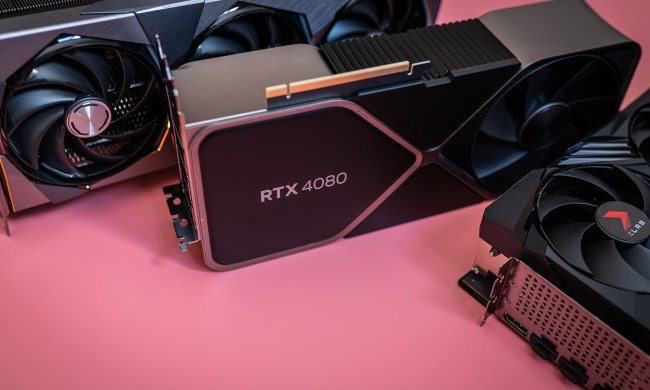Out of all the GPU news we’ve been getting in the last few weeks, information about Intel Arc Battlemage has been pretty scarce, Now, it appears that Intel might still surprise us. According to a new leak, Intel’s next-gen desktop GPUs might join the ranks of the best graphics cards as early as next month. Launching in December would certainly give Intel an unexpected edge over AMD and Nvidia, and it’s an edge that it could really use right now.
As always with these types of leaks, we’re working with a vague message and reading into it to try and figure out what’s going on. In this instance, the gossip comes from Golden Pig Upgrade Pack on Weibo, a user with a pretty good reputation.
The leaker shared that they were “looking forward to the wonderful performance of Battlemage next month.” There’s also a clarification in there that adds that they’re talking about the desktop version, which is important, as Battlemage architecture has already made an appearance in Intel’s Lunar Lake processors. This time, we’re talking about the desktop versions, and Intel has been pretty quiet where those are concerned.

Two key takeaways from that cryptic message are that Intel might launch Battlemage in December — which is a whole lot sooner than expected at this point — and that these GPUs will offer “wonderful performance.” Let’s unpack both claims.
For starters, the release date for Battlemage has been uncertain until now. Early this year, Intel’s Tom Petersen said he hoped we might hear more about Battlemage before CES 2025. However, after a quiet year with few updates, leakers adjusted their expectations for all three GPU manufacturers. Nvidia and AMD are now both said to launch their respective next-gen RTX 50-series and RDNA 4 graphics cards at CES 2025 in January, and most leakers expected Intel to do the same.
If Intel manages to surprise us all and release Battlemage in December, it’ll be good news for Team Blue. For starters, when faced with next-gen competition, Battlemage might struggle to compete, but against current-gen counterparts, the difference won’t be as big. The holiday season is also a good time to sell new graphics cards, so if Intel can snag some of those sales, that would give Battlemage an early boost.
The performance claim is just as interesting to me as the release date speculation. For months, leakers have been indicating that Intel might be aiming for the mainstream segment with Battlemage, and that the most high-end version of the GPU has been canceled. A recent benchmark showed an unnamed Battlemage GPU with just 20 Xe cores, which is lower than the last-gen flagship Arc A770. Will Intel deliver more competitive performance with Battlemage after all?
Remember not to take any of the above at face value, as all of this is just speculation until Intel announces Battlemage. However, if the leak proves to be true, Intel might get a chance to launch its next-gen cards a month or two before AMD and Nvidia.





